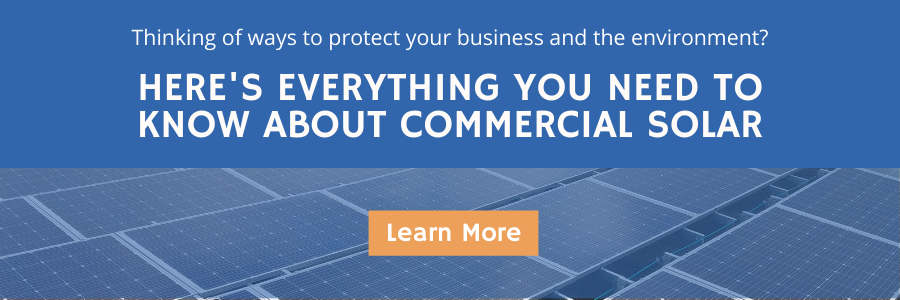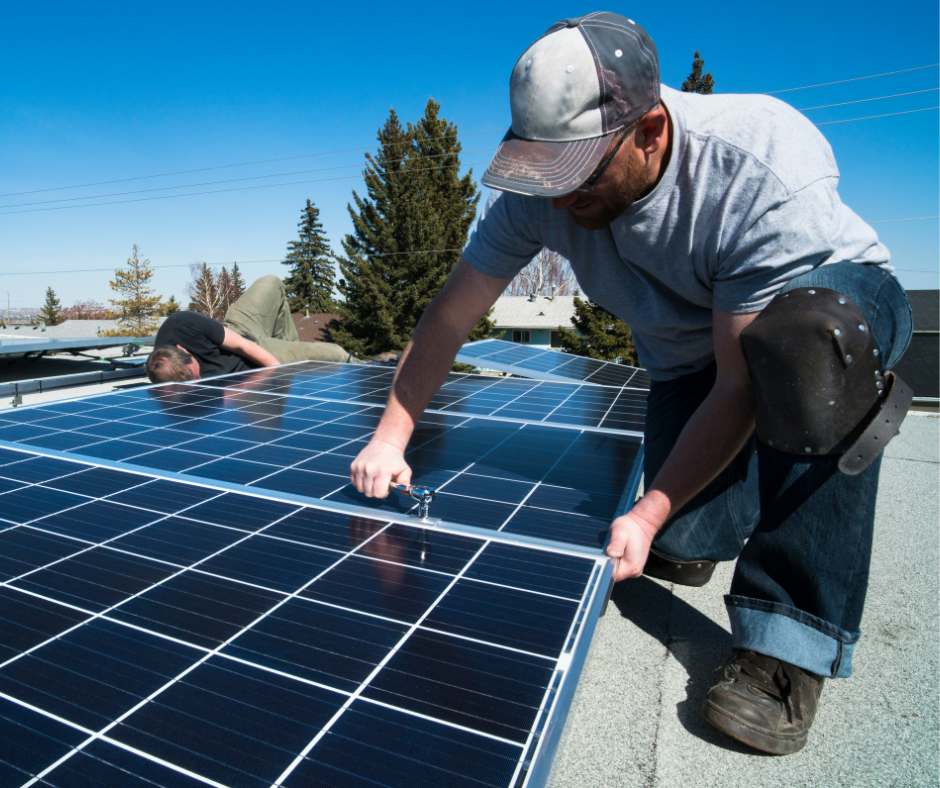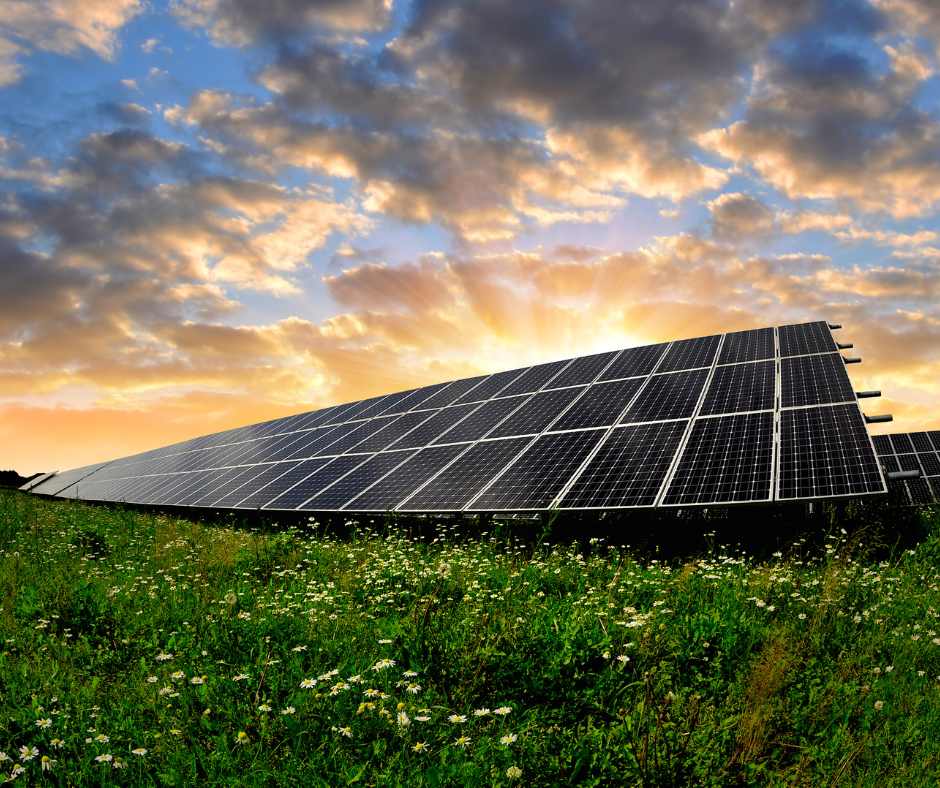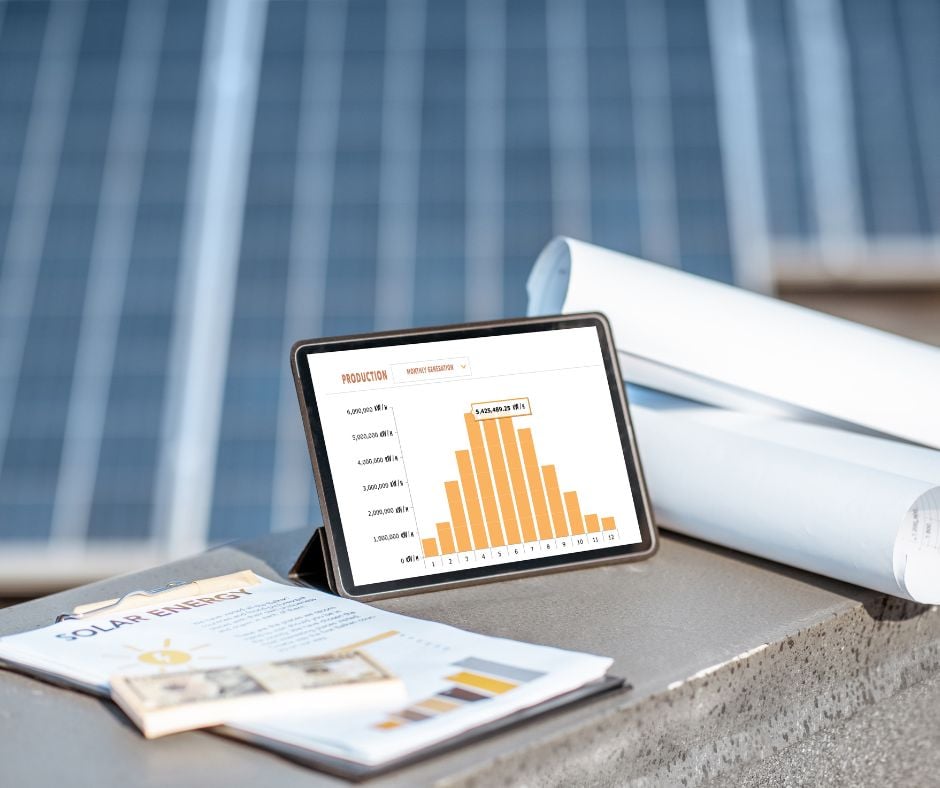
Liquid capital is one of the most valuable assets a business has in its arsenal to continue operations, improve operations and make capital purchases. But in an economic landscape where most businesses work hard to avoid capital expenses, how does a business justify spending hard-earned capital on energy reduction or renewable energy projects? Within this document, we will explore some financing options as well as hear from energy expert, Diana Nash, on how companies can roll sustainability goals and energy reduction goals into a self-sustaining flow of capital for energy projects.
5 Renewable Energy Financing Strategies
Projects such as LED lighting conversion, HVAC improvements or upgrades, building envelope sealing, window or roof upgrades and solar panels are all projects that can be done to reduce a building’s energy consumption from the utility company. All require an investment, typically from capital assets to achieve a return. There are five strategies commonly used by businesses to conserve capital.
1. Traditional Loan
Traditionally there have always been principal plus interest loans available for these projects, generally up to 10 years. However, they almost always result in a cash flow negative situation where the entity will pay more tomorrow than they will save. For this reason, this type of loan has never been popular for energy reduction or renewable energy projects.
2. PACE (Property Assessed Clean Energy) Financing
Another financing option is called PACE (Property Assessed Clean Energy) which is a tool that allows for a 20-25 year fixed rate loan for any energy reduction, water reduction and/or natural gas reduction projects to be rolled into a single loan and placed against the value of the building as if it was a second mortgage. This loan is tied to the building, not the business. The PACE option is attractive because it is nonrecourse, can be kept off a business’s books and, therefore, does not impact the credit rating. A potential obstacle is a requirement for cash flow positivity on all PACE projects, meaning the annual savings are required to be greater than annual loan payments. These zero out of pocket loans that show immediate savings are a no brainer for businesses, especially during an economic downturn like we are currently experiencing due to the global pandemic.
View Our Commercial Solar Power Projects
3. Power Purchase Agreement - PPA
A PPA is a form of financing for an energy generating system where a firm other than the electricity user will own the renewable energy system and sell the energy generated to the electricity user. Often this method is employed for scenarios where an organization who wants renewables does not have a tax liability but would like to monetize tax credit value, i.e churches or nonprofits. However, PPA’s can be employed by any organization simply looking for a no capital option.
In theory what happens is the electricity user originally has a single electricity bill, paid to the utility company. Then they go solar via a PPA, they now have two electricity bills each month, one to the utility and another to the owner of the energy generating system. The goal is to have the sum of the two bills to be less than the original bill, although some companies are willing to accept a premium as some renewable projects have motives other than cost savings
4. Equipment Leasing
Finally, a relatively new player has come to energy financing and that is equipment leasing, which happens to work quite well for LED and solar projects. Equipment leasing has always been a tool used by a business to avoid capital expense, and the fact that lease payments are tax-deductible makes this option even more enticing to some entities.
5. Self-Funding Energy Reduction Sustainability Plan
Now that we have discussed some of the most common options for energy project financing let’s hear from an expert about how a firm can simultaneously implement a sustainability program and energy reduction program while sustaining working capital.
To offer a unique take on managing capital expenses with energy efficiency or renewable energy projects we caught up with energy expert Diana Nash at Energy Sciences to discuss a unique approach her firm implemented for the City of Madison Heights, Michigan to accomplish their sustainability goals.
MSS: What is a self-funding, energy reduction sustainability plan and why would a firm want to put one in place?
Nash: Basically a self-funding energy reduction plan is where savings from the first round of energy efficiency measures are banked to offset the cost of implementing progressively more measures. In my mind, it is kind of like performing as your own energy services company, where the only fees are whatever it costs you to borrow any money that you need to in order to implement the measures. As part of the Strategic Energy Management program, we would leverage any utility incentives or other funding to offset the cost. For example, PACE could be one way to eliminate out-of-pocket costs for the first round for implementing measures.
MSS: In what order should projects be taken on to achieve the most benefit and ensure the program’s sustainability?
Nash: We would structure a Strategic Energy Management Plan by performing audits, and implement agreed-upon measures according to the priority that we assign. Generally, the first measures are the low hanging fruit, the quickest return for dollars spent - projects like LED lighting, Energy Management Software optimization, and building envelope sealing.
MSS: Can you tell us a little about the plan you helped put in place for Madison Heights?
Nash: Energy Sciences, the firm I currently work for assisted in implementing a program for the City of Madison Heights that would allow them to work toward their goal of 25% energy reduction of 2009 levels by 2015.
The first step was to do an energy audit and identify key areas of opportunity that would provide the most benefit. We identified that through the use of LEDs, light sensors and programmable thermostats we could do a project that would, in turn, save enough to do a capital HVAC project in the next coming year and be able to achieve their goal on time.
While renewable energy was not included in the Madison Heights project, other businesses with Strategic Energy Management Plans have included renewables in the flow of reduction projects such as solar panels and other renewable energy sources to create savings and fund further projects.
Next Steps
Capital projects can be daunting, especially when it comes to energy reduction projects, but as shown there are proven ways to ease the pressure of an outright capital purchase. Traditional loans, PACE financing, PPA’s, equipment leasing, and self-sustaining energy management strategies are all great options to improve your business’s energy future.
If you or another business is interested in having an undeniable impact on your triple bottom line, give us a call for a free consultation to see if solar is right for you! Call (248) 978-8771 or request a Free Online Solar Analysis for your business.
We also encourage you to contact Diana Nash at Energy Sciences if you have an interest in a turnkey energy management project.

Michigan Solar Solutions is a commercial and residential solar installer and electrical contractor that has served the lower peninsula of Michigan since 2007. We have installed thousands of panels and have a happy customer near you, check out what our customers think of us Guild Quality.
Have a comment? Let us hear from you!








Have a comment? Let us hear from you!